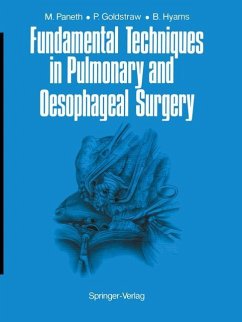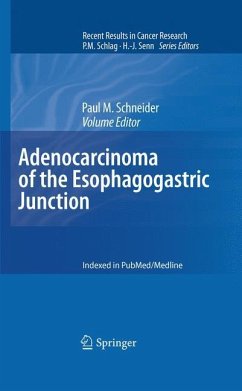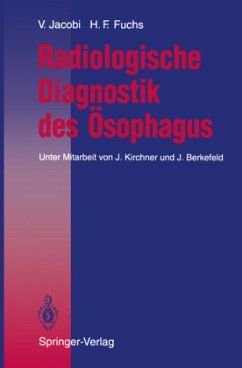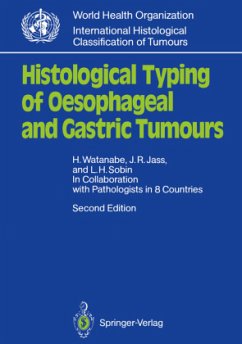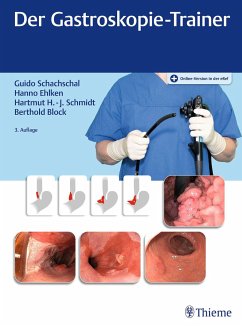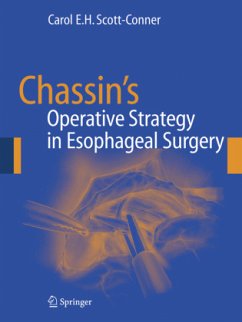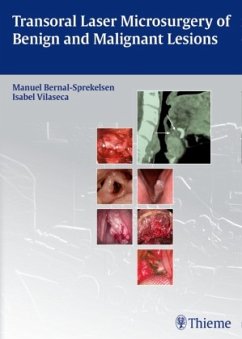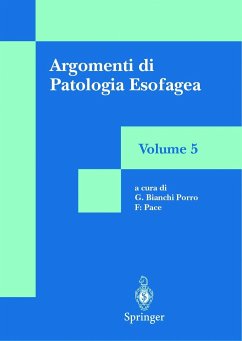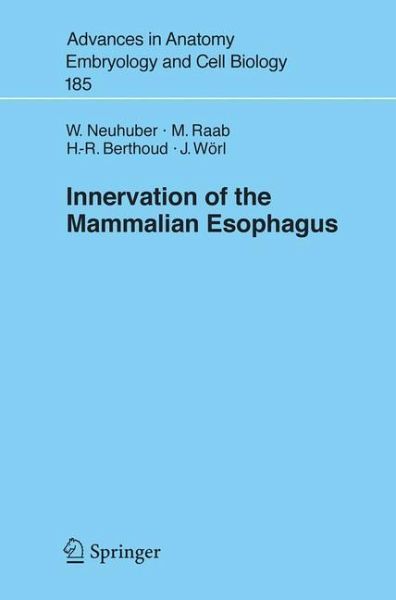
Innervation of the Mammalian Esophagus

PAYBACK Punkte
39 °P sammeln!
The esophagus is a relatively simple though vital organ. Beyond its role of propelling food from the pharynx to the stomach by a propulsive contraction wave representing the esophageal phase of deglutition, it is more and more recognized as a sensory organ from which a variety of respiratory and cardiovascular reflexes can be triggered, thus cooperating with the larynx in protecting the lower airways from aspiration. In ruminants, there is additional antiperistalsis for regurgitation. During emesis, the esophagus is a merely passive conduit except for some antiperistalsis in its upper part. In the interval between swallows, both oral and aboral ends of the esophagus are tonically closed by the upper and lower esophageal sphincters, UES and LES respectively, while the tubular esophagus is flaccid and partly filled with air. Despite this apparent simplicity, neuronal control of esophageal functions is considerably complex.
Understanding the innervation of the esophagus is a prerequisite for successful treatment of a variety of disorders, e.g., dysphagia, achalasia, gastroesophageal reflux disease (GERD) and non-cardiac chest pain. Although, at first glance, functions of the esophagus are relatively simple, their neuronal control is considerably complex. Vagal motor neurons of the nucleus ambiguus and preganglionic neurons of the dorsal motor nucleus innervate striated and smooth muscle, respectively. Myenteric neurons represent the interface between the dorsal motor nucleus and smooth muscle but are also involved in striated muscle innervation. Intraganglionic laminar endings (IGLEs) represent mechanosensory vagal afferent terminals. They also establish intricate connections with enteric neurons. Afferent information is implemented by the swallowing central pattern generator in the brainstem, which generates and coordinates deglutitive activity in both striated and smooth esophageal muscle and orchestrates esophageal sphincters as well as gastric adaptive relaxation. Disturbed excitation/inhibition balance in the lower esophageal sphincter results in motility disorders, e.g., achalasia and gastroesophageal reflux disease. Loss of mechanosensory afferents disrupts adaptation of deglutitive motor programs to bolus variables, eventually leading to megaesophagus. Both spinal and vagal afferents appear to contribute to painful sensations, e.g., non-cardiac chest pain. Extrinsic and intrinsic neurons may be involved in intramural reflexes using acetylcholine, nitric oxide, substance P, CGRP and glutamate as main transmitters. In addition, other molecules, e.g., ATP, GABA and probably also inflammatory cytokines may modulate these neuronal functions.





